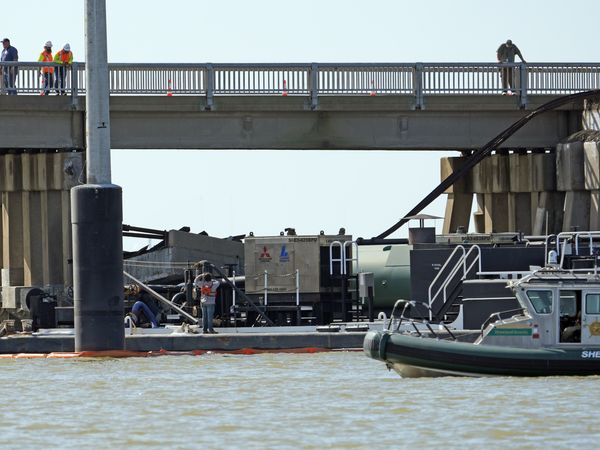
Paul Keating went hard at the National Press Club with his view on the AUKUS submarines deal, slamming the Labor Party for “shunning security in Asia for security in and within the Anglosphere”.
“We have been here before”, he said. “Australia’s international interests subsumed by those of our allies. Defence policy substituting for foreign policy.”
More than the nonsense-number price tag of $368 billion, what has really annoyed Keating is the surrender of independence: “sovereignty suborned to the whim and caprice of a US administration”.
He has a point.
Let’s go back in time, to 1909, and the presentation to the Australian Parliament of the annual budget by the treasurer, Sir John Forrest. Coming to the question of “naval defence”, the treasurer announced to a uniformly delighted House of Representatives that:
To maintain the integrity of the empire and that ‘supremacy of the sea’ upon which its very existence depends, this government was proud to make, on behalf of the people of the Commonwealth, a definite offer to the mother country of a Dreadnought battleship, or whatever equivalent was thought to be best to our need. That offer has been most cordially accepted.
The background was the race for naval supremacy that had been raging since Germany’s Kaiser Wilhelm II decided to challenge Britain’s mastery of the oceans. This had caused a mad rush of shipbuilding, focused particularly on capital ships — battleships, particularly the famed dreadnoughts, and the faster but more lightly armoured battlecruisers.
Britain was determined to stay ahead in the race, and one of the admiralty’s bright ideas was to ask the dominions to chip in. Australia and New Zealand keenly agreed. The idea was that Australia would pay for a naval squadron, led by a capital ship, to be based out this way and provide part of the empire’s global naval protective shield.
The capital ship ended up being a battlecruiser of the “Indomitable” class, ultimately given the name HMAS Australia.
By December 1909, when the principal point of local contention was funding, it had become apparent that the ship we were getting had already been superseded in quality by later models. As the Bendigo Advertiser reported, there was a “new battleship-cruiser, named the Lion, which is to be a larger, faster and more powerful vessel in every way than the Indomitable type … that is a matter upon which ministers, however, are not at present prepared to express any opinion”.
The price tag was to be £3.5 million. In relative terms, it was an enormous sum, equivalent to about one-quarter of the Commonwealth’s entire annual revenue. The Labor opposition felt the money should be raised from taxation, but the government elected to do it with a loan. Either way, it was an extraordinary gamble of the national wherewithal on a single piece of military hardware.
The ship was built in England, launched in 1911 and commissioned as the flagship of the new Royal Australian Navy in 1913. In one respect the promoters of necessity had been right: the war they’d been predicting arrived, in the form of World War I, within a year.
So how did our battlecruiser, the first and only capital ship ever to serve in the Australian Navy, perform?
Well, it didn’t sink. HMAS Australia pottered around near New Guinea for a while, searching for the German East Asia Squadron without success, before being sent to help defend the mother country in the North Sea. The ship spent the rest of the war there, failing to participate in its only major naval battle between capital ships, Jutland, because she was in dock for repairs having collided with HMS New Zealand during exercises. In fact, she only ever fired twice in anger, but didn’t hit anything.
After the war, HMAS Australia returned here and was downgraded to a training ship. In 1924, by now completely obsolete and too expensive to maintain anyway, she was scuttled off to Sydney Heads where she remains, a submerged white elephant.
Of course, the mooted cost of the AUKUS submarines is not equivalent to one-quarter of our annual national revenue. It’s more like three-quarters. Yes, it will be spread out over decades and the subs will supposedly keep us safe well into the 2080s. Gone are the days when you could order a battleship and it’d turn up within a couple of years. It’s hard to see how that’s an improvement.
What is the cautionary tale here? Simply that, whether or not Keating is right about the hardware choices being made today, he is unarguably correct when he says we have been here before.
In the intervening 114 years and six major wars into which we followed Britain and/or America, it appears we have learned something between not much and nothing.







